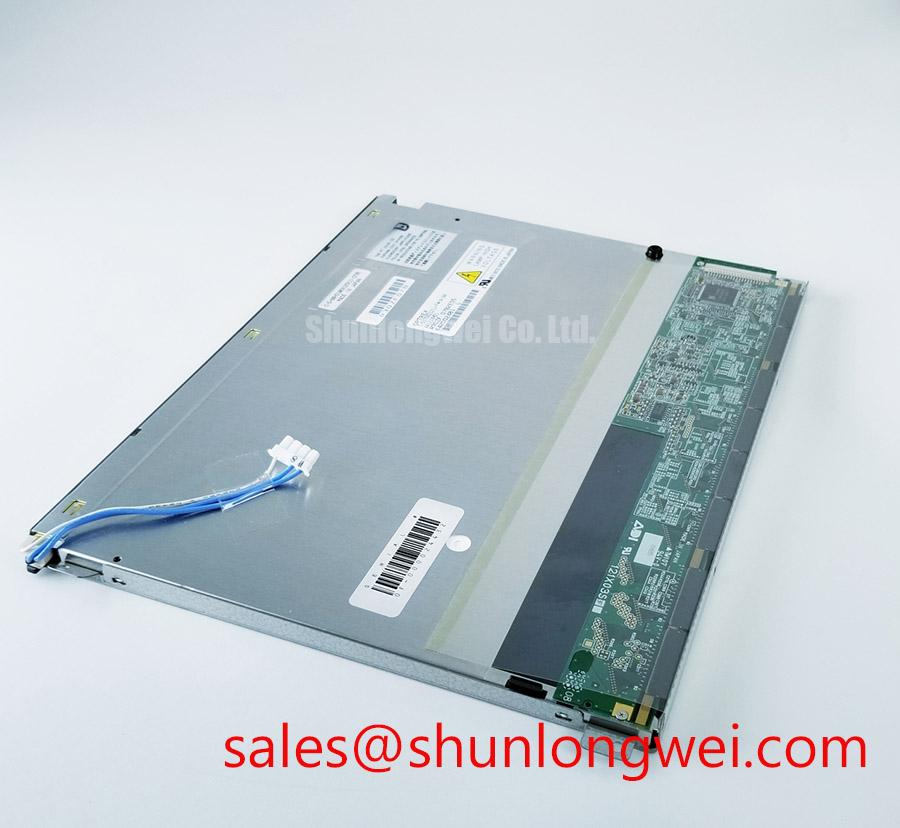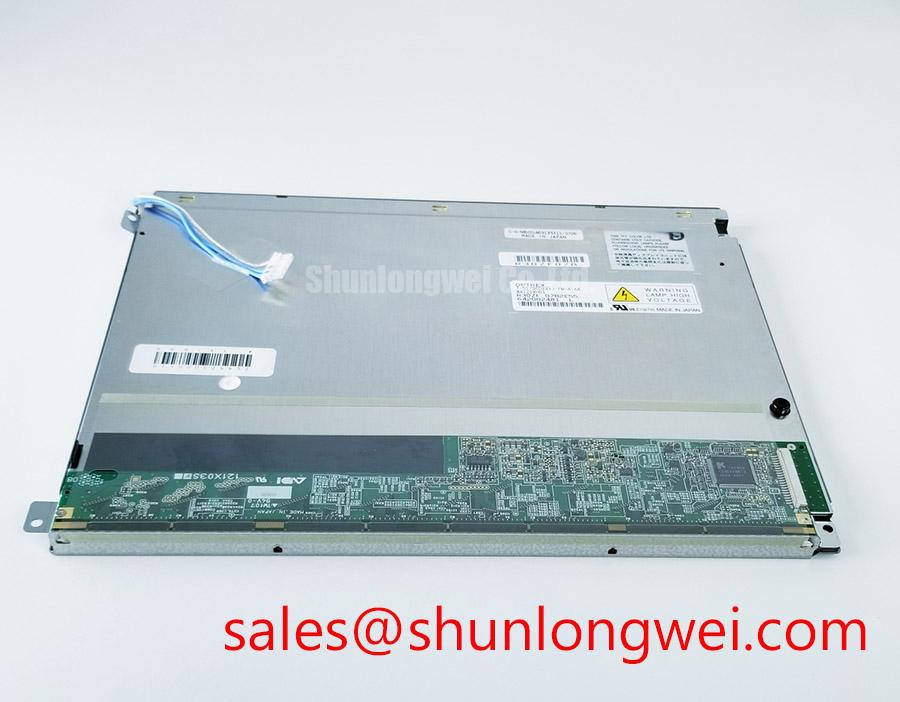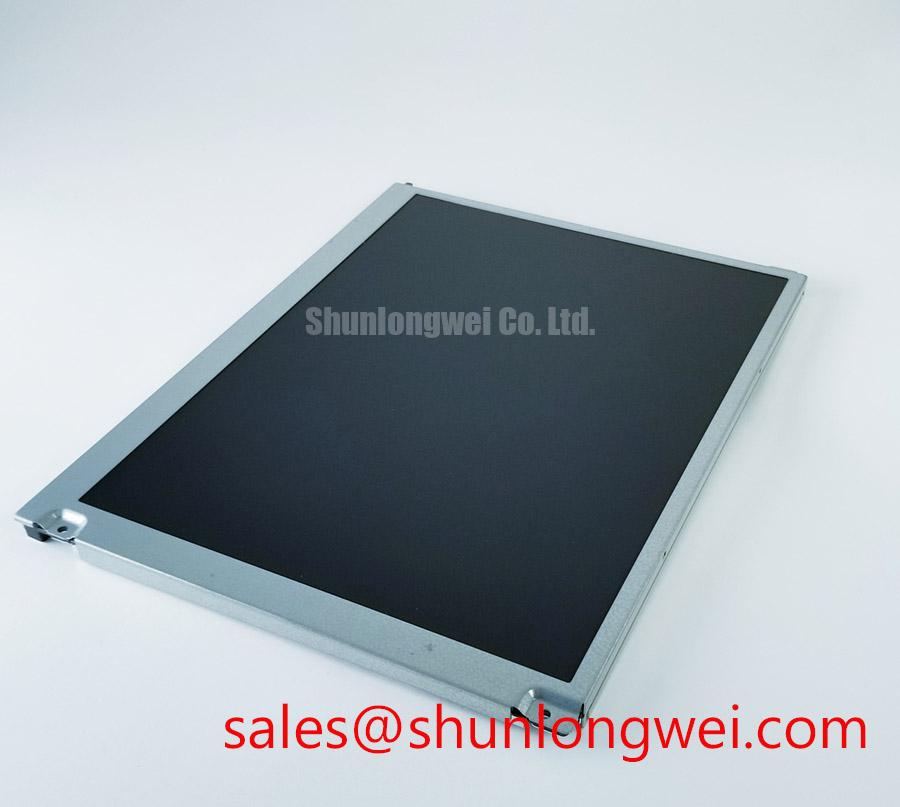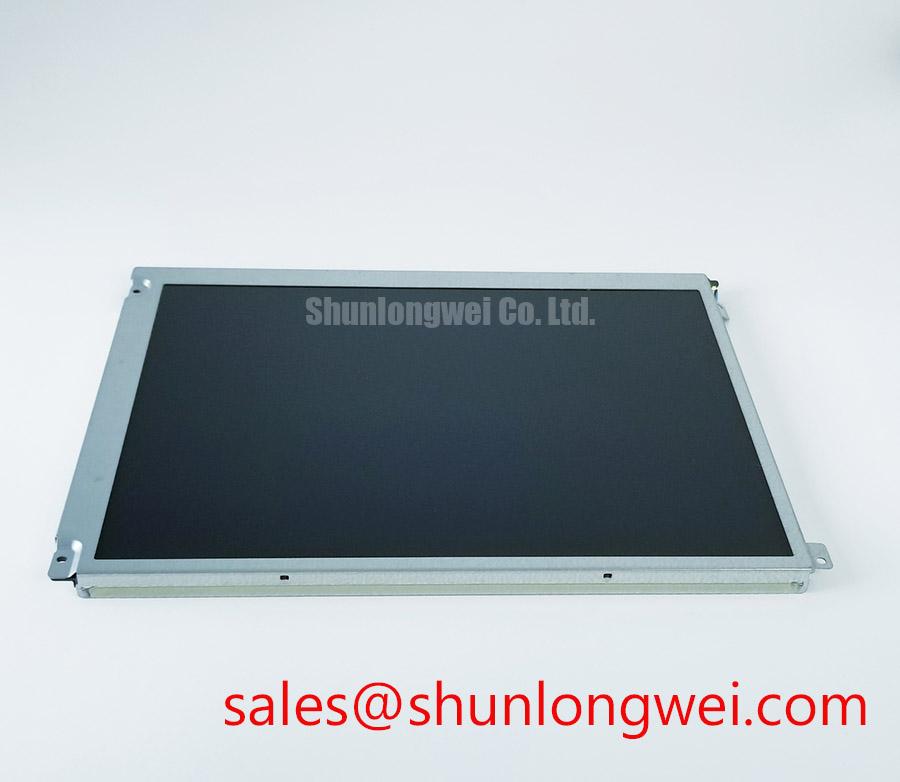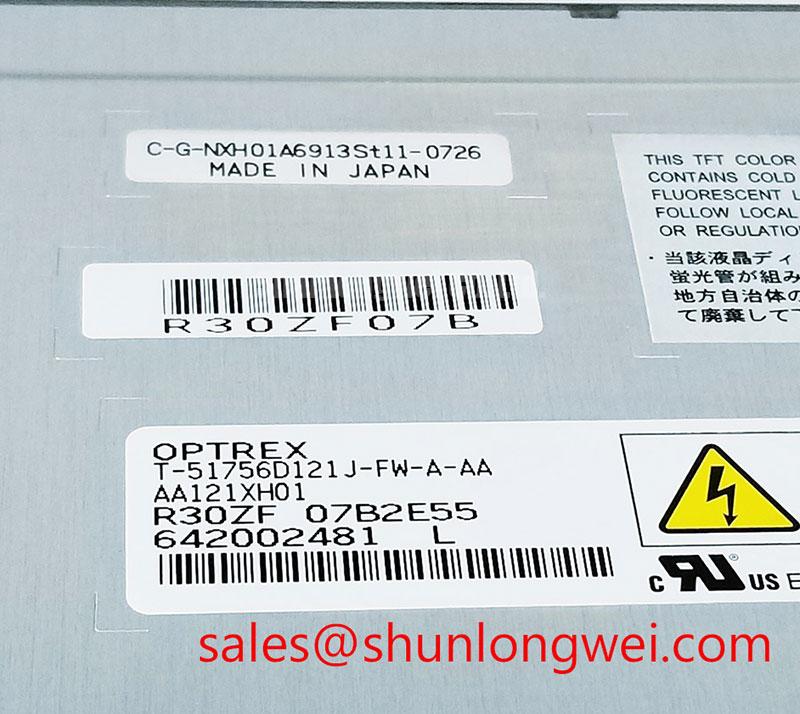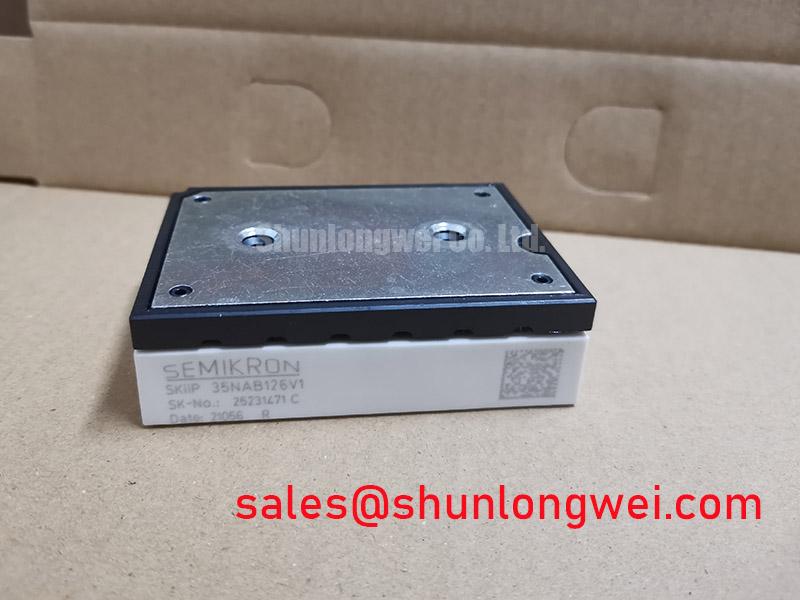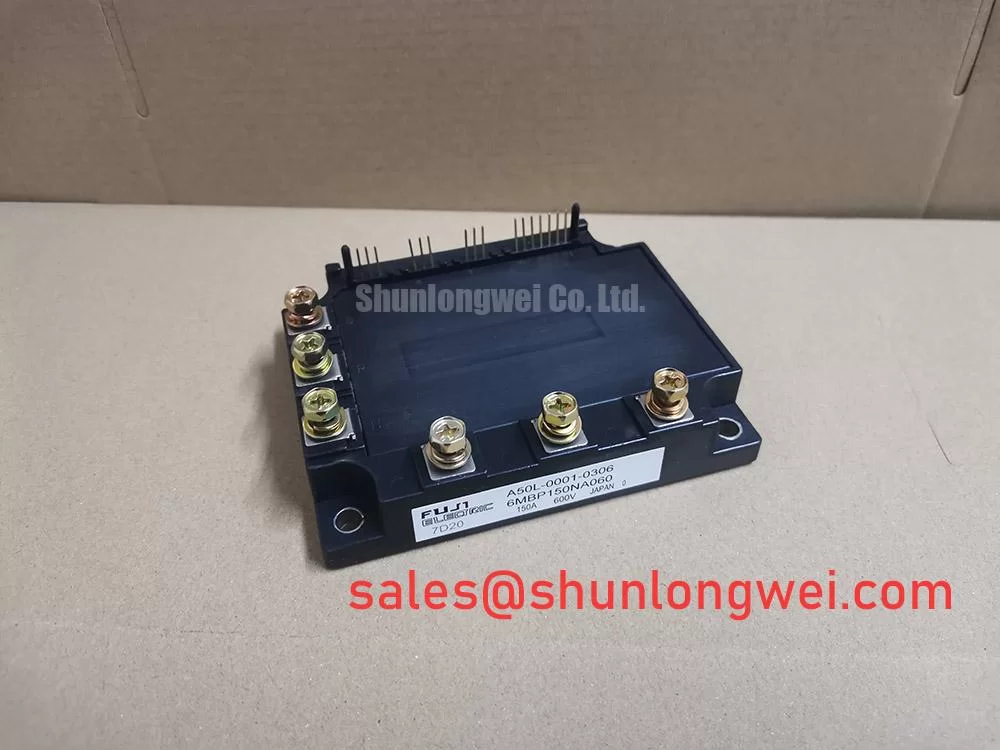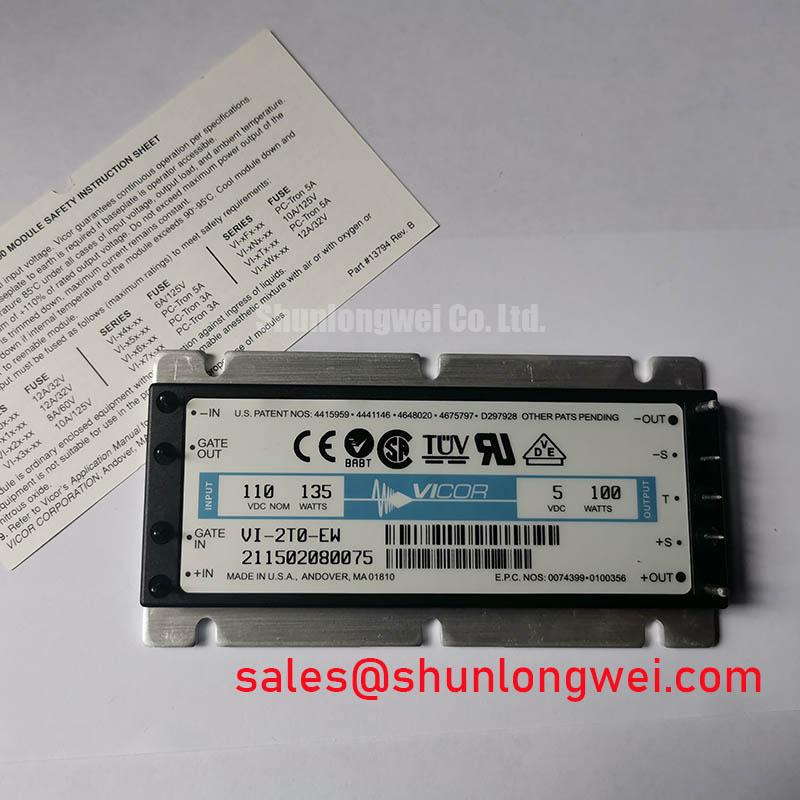AA121XH01: 12.1-inch XGA Industrial LCD for High-Clarity, Demanding Environments
Content last revised on October 21, 2025.
Introduction to the AA121XH01
The Mitsubishi AA121XH01 is a 12.1-inch color TFT-LCD module engineered for steadfast performance and visual clarity in demanding industrial applications. Delivering key specifications of 1024x768 XGA resolution, 320 cd/m² brightness, and a 550:1 contrast ratio, it provides a robust display foundation. This module offers proven operational reliability and clear image reproduction. It directly addresses the engineering requirement for a durable XGA display with a standard, easy-to-integrate digital interface. For industrial HMIs and control systems requiring a balance of performance and long-term dependability, the AA121XH01 presents a well-specified solution.
Application Scenarios & Value
System-Level Benefits in Industrial Control and Instrumentation
The AA121XH01 is optimized for environments where consistent, long-term performance is a primary design criterion. Its capabilities make it a strong candidate for integration into a variety of industrial human-machine interfaces (HMIs), process control panels, and medical diagnostic equipment. What is the primary benefit of its TN display mode? It provides fast response times, which are critical for applications displaying rapidly changing data, such as machine vision feedback or patient monitoring waveforms.
A core engineering challenge in these fields is ensuring that the display interface does not become a bottleneck for system integration. The AA121XH01 utilizes a standard 1-channel, 6-bit LVDS Interface, a widely adopted standard known for its noise immunity and simplified cabling. This choice accelerates development cycles, as it ensures compatibility with a vast ecosystem of industrial motherboards and single-board computers, reducing the need for custom interface hardware and firmware development. The result is a more streamlined design process and a faster time-to-market for the final system. For systems requiring a different form factor, the 8.4-inch AA084VC03 offers similar industrial-grade features in a more compact footprint.
Key Parameter Overview
Decoding the Specs for System Integration and Performance
The specifications of the Mitsubishi AA121XH01 are tailored for straightforward integration and reliable visual output in controlled industrial settings. Understanding these key parameters is essential for system architects and engineers to properly leverage the module's capabilities.
| Parameter | Value | Engineering Implication |
|---|---|---|
| Screen Size | 12.1 inches | Provides ample screen real estate for complex GUIs and data visualization without an excessive physical footprint. |
| Resolution | 1024x768 (XGA) | A standard resolution that offers sharp, clear images for detailed information display and is widely supported by industrial hardware. |
| Display Technology | a-Si TFT-LCD, TN, Normally White | A mature and cost-effective technology providing fast pixel response times, crucial for reducing motion blur in dynamic content. |
| Brightness | 320 cd/m² (Typ.) | Sufficient luminance for clear readability in typical indoor industrial and commercial lighting environments. |
| Contrast Ratio | 550:1 (Typ.) | Ensures a clear distinction between light and dark elements on the screen, improving the legibility of text and graphical interfaces. |
| Viewing Angle (H/V) | 130° / 120° (CR≥10) | Offers a functional viewing cone for applications where the operator may not always be directly in front of the screen. |
| Interface | LVDS (1 ch, 6-bit) | A robust, low-EMI digital interface that simplifies connection to the host controller and is a standard in the industrial sector. |
| Backlight System | CCFL (2 tubes), Edge-light type | A proven backlight technology known for its stable color output, with replaceable tubes that can extend the module's service life. |
Download the AA121XH01 datasheet for detailed specifications and performance curves.
Frequently Asked Questions
What does the "Normally White" TN mode signify for system behavior?
"Normally White" means that in the absence of voltage, the pixels are transparent, allowing light to pass. In a power-off scenario, the screen will appear white. This is a common characteristic of TN (Twisted Nematic) panels and is a fundamental aspect of their design, contributing to their fast response times.
How does the 6-bit color depth affect visual representation in an HMI?
A 6-bit color depth allows the display to render 262,144 distinct colors. For most industrial GUIs, which rely on clear color-coding for status indicators, warnings, and schematics, this color palette is entirely sufficient for creating effective and unambiguous visual communication without the higher data bandwidth required by 8-bit panels.
Is the CCFL backlight on the AA121XH01 user-replaceable?
The datasheet specifies that the backlight unit is replaceable. This is a significant feature for extending the total operational life of the display module. Over time, all backlights experience a decrease in luminance; the ability to replace the CCFL assembly allows for restoration of original brightness, which is a key consideration for the total cost of ownership in long-life systems.
What is the typical input voltage required to drive this module?
The AA121XH01 requires a single 3.3V power supply for its logic and LCD driving circuitry, a standard voltage level that is readily available on most industrial motherboards and power systems. This simplifies power architecture and integration.
What is the benefit of the anti-glare and hard-coating surface treatment?
The anti-glare treatment diffuses ambient light, reducing reflections and improving screen readability in well-lit environments. The hard coating (3H) provides a layer of protection against minor scratches and abrasions that can occur during assembly or in daily operation, enhancing the panel's physical durability.
An Engineer's Perspective on Integration
From an engineering standpoint, the AA121XH01 represents a pragmatic design choice. Its adherence to the XGA resolution and LVDS interface standards removes significant integration hurdles. The focus is on providing a reliable, "workhorse" display solution. While not intended for cutting-edge visual applications, its value lies in its predictability and ease of implementation within established industrial computing platforms from manufacturers like Mitsubishi, allowing design teams to focus their resources on software and system-level functionality rather than display driver customization.

